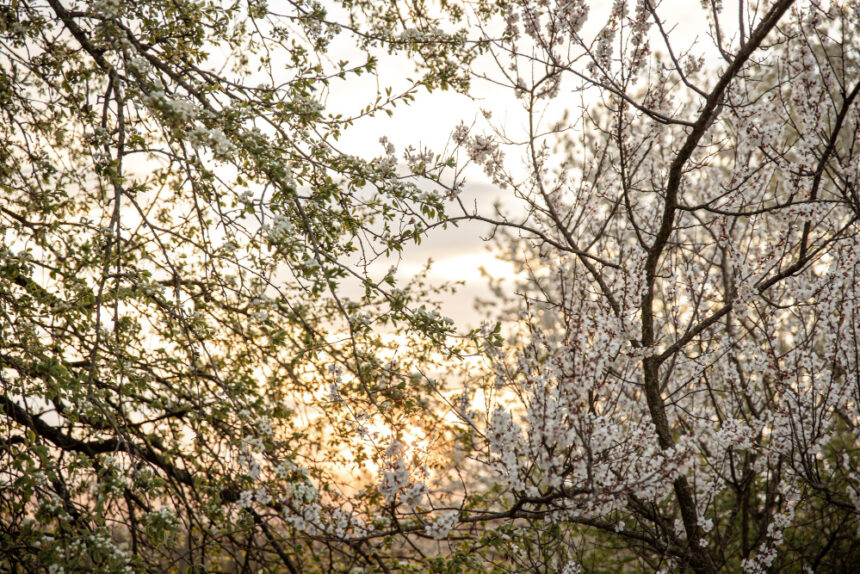Cottonwood trees are found in North America, and they are of the Populus genus, which is fast-growing and giant in size.
Leaves
The leaves are one of the outstanding attributes of the cottonwood tree. The leaves are wide, three-lobed, or cordate, with a terminal acumination.
It has a shiny green dorsum, and the ventral part is lighter green in color. The margins of the leaves have a curved tooth-like pattern that makes the edges somewhat rough. During the autumn, the foliage is a splendid bright yellow, and the leaves drop.
Bark
Regarding the parts of the cottonwood trees, the bark is different depending on the age of the tree itself. Seedlings and small trees have smooth, greenish-yellow to light-brown bark; this becomes gray and fissured with age.
The mature bark of the cottonwood trees is relatively thick, clearly and coarsely grooved and ridged, affording an easy way of not only identifying the mature cottonwood trees from other types of trees but also an easy way of telling that trees are very old.
Flowers and Seeds
Cottonwood trees are the most interesting as they are dioecious; that is, trees with male flowers and trees with female flowers are distinguishable. In spring, male trees bear long, pendulous catkins that shed pollen, and female trees have green catkins that later on turn into seed-like structures.
The seeds are enveloped by a down-like substance, and when they disperse, the fluff floats in the air, adding to the tree’s name. Late spring and early summer are usually characteristic of this cottony fluff blowing around in the wind.
Habitat
Cottonwoods are adapted to areas with rather wet conditions and can be found growing in regions close to the river, stream, or floodplain.
The plants favour sand or silty soil and are capable of withstanding some flooding. They also act as support systems that tremendously assist in the prevention of erosion in river banks.
Additional Characteristics
Size and Shape
Populal is a fast-growing tree, reaching 60 to 100 feet or more, sometimes even taller. It has a large over-head cover that gives it shade.
Twigs and Buds
On the lower part of the trees, especially around the trunk area, they are covered with twigs, which have a thickness of one and a half inches and are red-brown in color. The buds are big, conical-shaped, and while they have a ‘’horn-like’’ appearance, they may also have a tacky feeling given by the resinous layer.
Trunk
A trunk of cottonwood is straight and often possesses great thickness, including specimens that are several feet in diameter.
Thus, analyzing these stigmatic characteristics, one can certainly segregate and demarcate them from other trees in the complete wild natural environment.
Their leaves, barks, and fluffy seeds are easily distinguishable, so their identification is very easy even from a distance.
ASH CK

